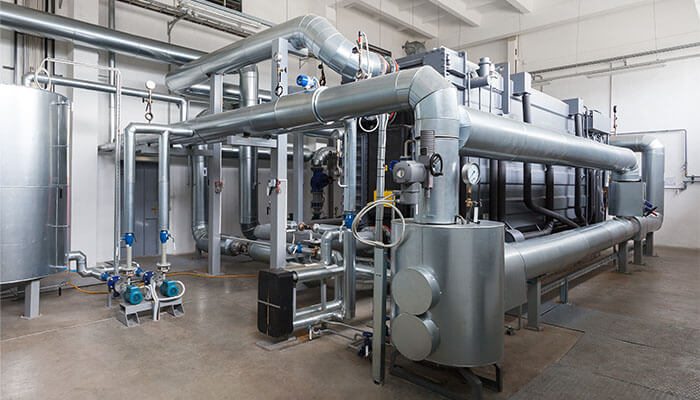The volume of water in an Olympic-sized pool is 2.5 million liters. German company MAN Energy Solutions (MAN ES) offers heat pumps that may raise the temperature from a comfortable 20C to boiling point for whatever cause. Additionally, it would go faster than Kenneth Branagh’s Hamlet movie.
According to Raymond Decorvet, who works in business development at MAN ES, “We can finish this in less than four hours.” Or, we may freeze everything in place in just over 11 hours.
One of the biggest heat pump systems in the world is theirs. Heat pumps enhance the temperature of these fluids by compressing softly warmed refrigerants. Home heating systems or commercial machinery could then get that heat.
Despite the fact that heat pumps need electricity to operate, they can generate three to four kilowatt hours of heat for every kilowatt hour of power they use.
Heat pumps are becoming more and more popular among certain homeowners, however domestic appliances are often rather tiny and have outputs of a few kilowatts or less. The largest commercial heat pump made by MAN ES has a heating capacity of 48 megawatts (MW), which is thousands of times more powerful.
It can heat thousands of dwellings rather than just one, and it can generate temperatures of up to 150C. In the Danish port city of Esbjerg, the company just installed two of these machines.
In this system, a tiny quantity of heat from the saltwater will be absorbed by the CO2 refrigerant used in the heat pumps. When the CO2 is heated by compressors, the system can transmit the heat and supply up to 90C water to a district heating system that serves 27,000 homes.
“The demand for district heating is exploding,” said Mr. Decorvet. There is a demand for larger, more powerful heat pump systems that can power entire cities due to the need to get away from fossil fuels, especially in Europe. But in terms of megawatts, who is the largest?
Although it can seem like a simple issue, providing a precise answer is actually rather difficult. Not the least of which is the fact that heat pumps don’t always operate at their full potential. For example, MAN ES’s heat pumps at Esbjerg will operate at about half of their maximum efficiency.
Furthermore, it is challenging to compare the largest heat pump systems because they sometimes consist of a number of smaller heat pumps connected in series. Take Stockholm, Sweden’s district heating system.
Furthermore, it is challenging to compare the largest heat pump systems because they sometimes consist of a number of smaller heat pumps connected in series. Consider Stockholm, Sweden’s district heating system, which is frequently referred to as the largest heat pump configuration in the world.
Despite having a maximum capacity of 215 MW, it actually consists of seven heat pumps, two of which are 40 MW and five of which are 27 MW, according to a representative for energy supplier Stockholm Exergi.
Gothenburg has a four-unit, 160MW heat pump system that is located somewhere in Sweden. With a capacity of 50MW apiece, two of them are actually larger than those in Stockholm.
Although they are definitely surpassed by more recent devices like those built by MAN ES, they have been in use since 1986 and are possibly the most potent individual heat pumps now in use.
MAN ES and German chemical company BASF announced plans to construct a 120 MW heat pump last year. According to sources, this would be the largest heat pump ever built.



